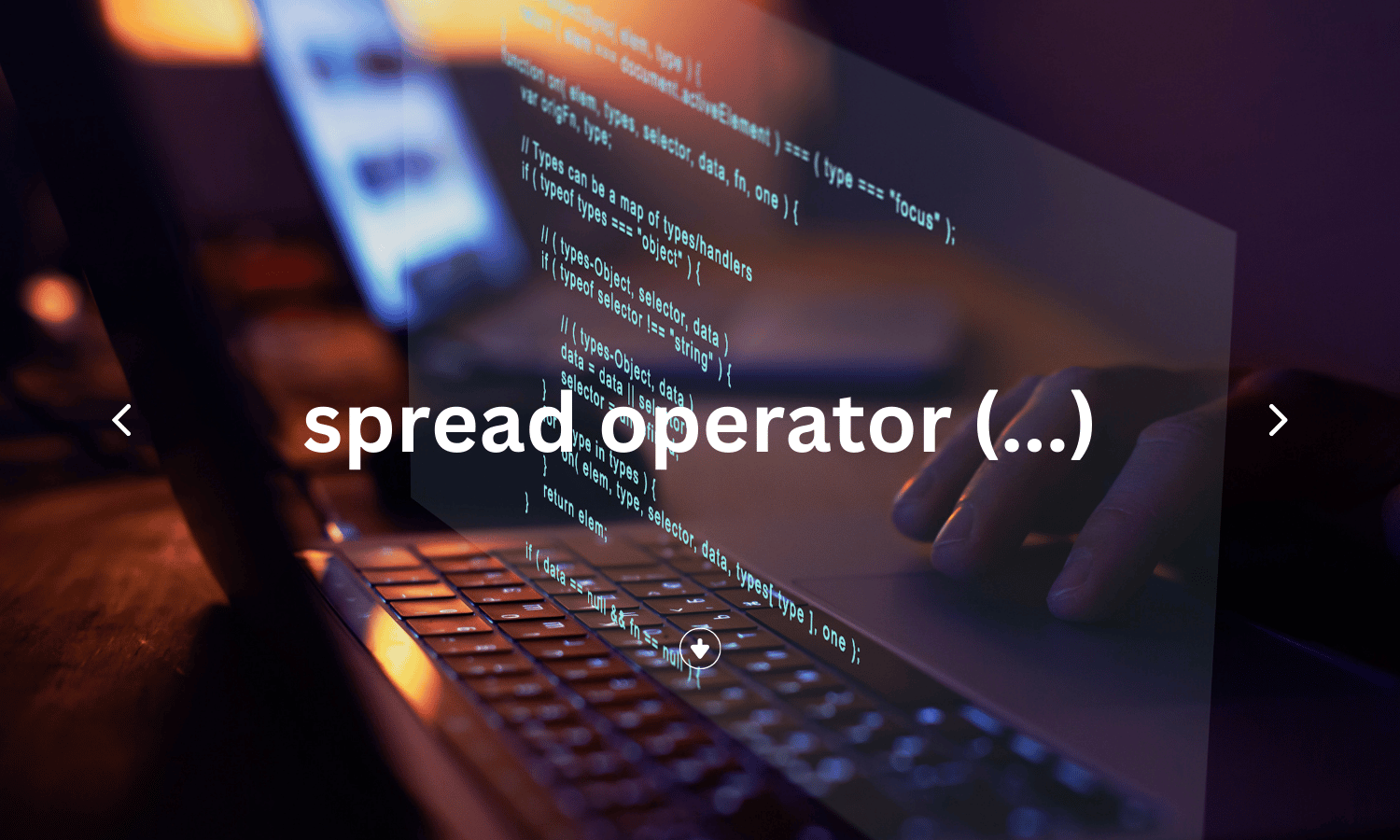In the ever-evolving world of mobile app development, developers are constantly seeking tools that streamline the process while maintaining high performance and flexibility. Flutter, an open-source UI software development kit created by Google, has emerged as a powerful solution. This blog post will introduce you to Flutter, highlight its key features and benefits, compare it to other frameworks, showcase some successful apps built with Flutter, and provide guidance on how to get started with this versatile toolkit.
What is Flutter?
Flutter is an open-source UI software development kit (SDK) developed by Google. It is designed for building natively compiled applications for mobile (iOS, Android), web, and desktop (Linux, Mac, Windows) from a single codebase. Flutter combines the framework and the Dart programming language, providing a rich set of customizable widgets that help developers create stunning, expressive, and high-performance applications.
Flutter’s framework includes everything needed to build a user interface (UI) that can be rendered on multiple platforms. Dart, the programming language used by Flutter, supports both just-in-time (JIT) and ahead-of-time (AOT) compilation, enabling fast development cycles and optimized app performance.
Key Features and Benefits of Using Flutter
Hot Reload
One of the standout features of Flutter is its Hot Reload capability. This feature allows developers to see changes made to the code almost instantly in the running app. It significantly speeds up the development process by enabling quick iterations and real-time debugging without restarting the application.
Single Codebase
Flutter allows developers to write code once and deploy it across multiple platforms. This single codebase approach reduces development time, effort, and costs, making it an efficient choice for cross-platform app development.
Expressive and Flexible UI
Flutter offers a rich set of pre-designed, customizable widgets that enable developers to create visually appealing and highly responsive UIs. The framework’s flexibility allows for the seamless integration of different design elements, providing a consistent look and feel across platforms.
High Performance
Dart’s ahead-of-time (AOT) compilation ensures that Flutter apps are compiled into native machine code, which enhances the performance and speed of the applications. Additionally, Flutter’s graphics engine, Skia, ensures smooth and fast rendering of UIs.
Strong Community and Support
Flutter has a growing community of developers and extensive documentation, making it easier for new developers to learn and get support. Google’s backing also ensures regular updates and improvements to the SDK.
How Does Flutter Compare to Other Frameworks?
Versus React Native
React Native, developed by Facebook, is another popular framework for building cross-platform mobile applications. While React Native uses JavaScript and relies on native components, Flutter uses Dart and its own set of widgets, providing a more consistent look and feel. Flutter’s Hot Reload is often faster than React Native’s live reload, making it more efficient for rapid development.
Versus Xamarin
Xamarin, backed by Microsoft, uses C# and the .NET framework. While Xamarin allows code sharing across platforms, it often requires more boilerplate code than Flutter. Flutter’s Hot Reload and simplified setup make it more appealing for developers seeking a quick and efficient development process.
Versus Native Development
Native development involves writing separate codebases for Android (Java/Kotlin) and iOS (Swift/Objective-C). While native development can offer optimized performance and full access to platform-specific features, it is time-consuming and costly. Flutter’s single codebase approach provides a faster and more cost-effective alternative without significantly compromising performance.
Examples of Apps Built with Flutter
Google Ads
The Google Ads app, used by advertisers to manage their ad campaigns on the go, is built with Flutter. It showcases Flutter’s ability to handle complex features while providing a smooth and responsive user experience.
Alibaba
Alibaba, the global e-commerce giant, uses Flutter to ensure a consistent and high-quality experience across different devices. The app’s performance and fluid UI demonstrate Flutter’s capabilities in handling large-scale applications.
Reflectly
Reflectly, an AI-driven journaling app, uses Flutter for its sleek and engaging user interface. The app’s beautiful design and smooth animations highlight Flutter’s strengths in creating visually appealing and interactive UIs.
How to Get Started with Flutter
Installation
To start with Flutter, download and install the Flutter SDK from the official Flutter website. Follow the installation instructions specific to your operating system (Windows, macOS, or Linux).
Setting Up IDE
Set up an Integrated Development Environment (IDE) such as Android Studio, Visual Studio Code, or IntelliJ IDEA. Install the Flutter and Dart plugins to enable Flutter development in your chosen IDE.
Creating a New Project
Use Flutter’s command-line tools to create a new project. Open your terminal and run flutter create project_name to generate a new Flutter project. Navigate to the project directory and run flutter run to see your first Flutter app in action.
Learning Resources
Flutter’s official documentation is a great starting point for learning. Additionally, Flutter’s YouTube channel, community forums, and various online tutorials provide ample resources to help you master Flutter development.
Conclusion
Flutter is a versatile and powerful framework that simplifies the app development process while delivering high-performance applications. Its hot reload feature, single codebase approach, expressive UI components, and strong community support make it an excellent choice for developers. Whether you’re a beginner or an experienced developer, Flutter offers the tools and resources you need to build beautiful and functional apps across multiple platforms.
If you’re ready to dive into Flutter, start by exploring the official documentation and setting up your development environment. With Flutter, you’ll be well-equipped to bring your app ideas to life efficiently and effectively.






